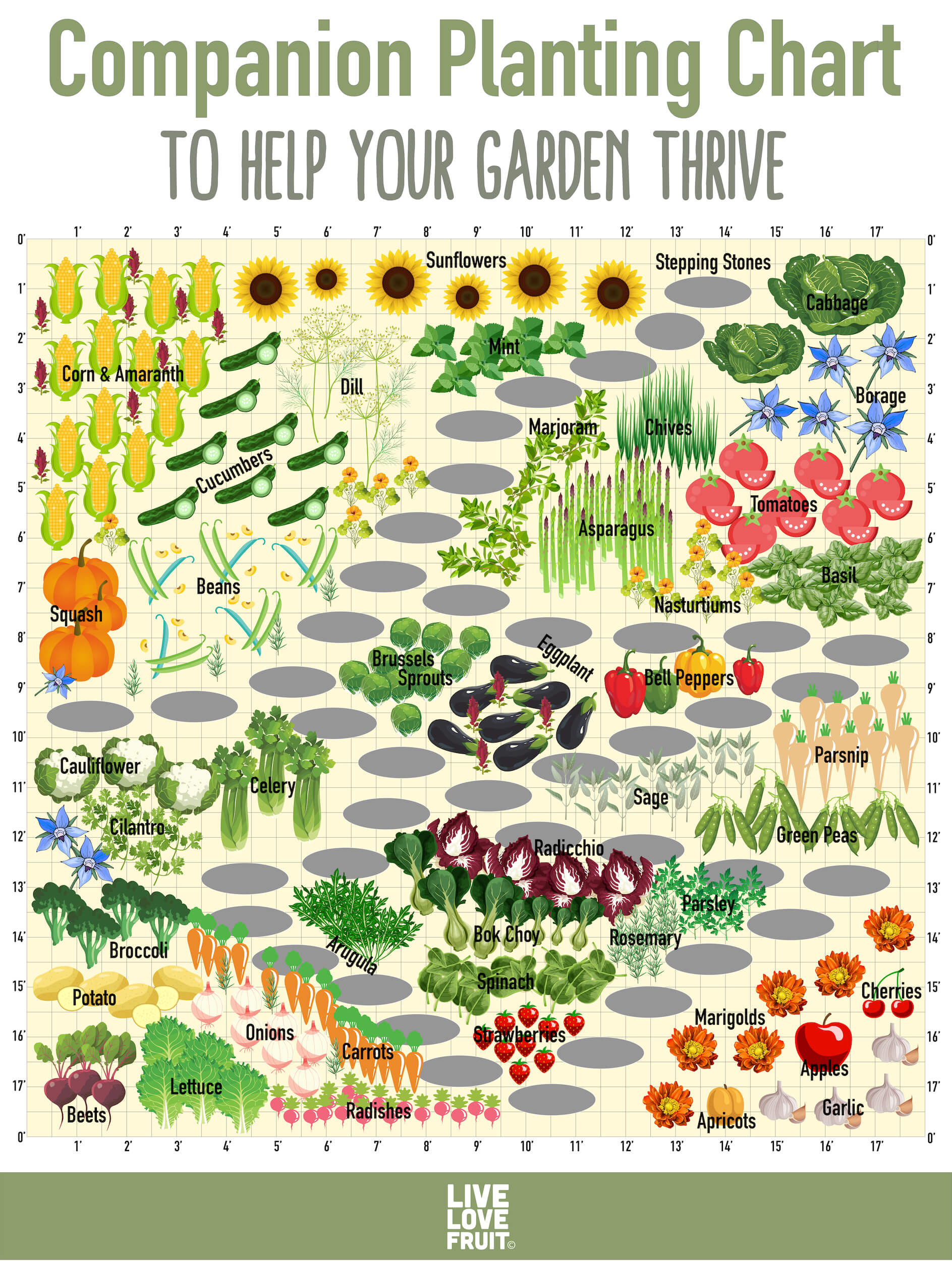How to Start Companion Planting: Beginner's Guide

Are you ready to transform your garden into a thriving ecosystem? Imagine a garden where plants not only coexist but actively support each other, creating a harmonious and productive environment. This is the magic of companion planting. Whether you're a seasoned gardener or just starting out, this comprehensive guide will help you understand the basics of companion planting and how to implement it in your own garden.
Understanding Companion Planting
Companion planting is the practice of growing different plants together in a way that benefits each other. Think of it as creating a supportive community where each member contributes to the well-being of the group. Some plants repel pests, others improve soil health, and some even enhance the flavor of their neighbors. It's a natural and organic way to boost your garden's productivity and health.
Why Choose Companion Planting?
Companion planting offers numerous benefits:
- Pest Control: Certain plants naturally repel pests, reducing the need for chemical pesticides.
- Soil Health: Some plants enrich the soil with nutrients, making it more fertile for their neighbors.
- Space Efficiency: By interplanting, you can maximize your garden space.
- Flavor Enhancement: Certain plant combinations can improve the taste of your vegetables and herbs.
Getting Started with Companion Planting
Step 1: Research Plant Combinations
Before you start planting, it's essential to understand which plants work well together. Some classic combinations include:
- Tomatoes and Basil: Basil repels pests and enhances the flavor of tomatoes.
- Carrots and Onions: Onions repel carrot flies, while carrots deter onion maggots.
- Corn, Beans, and Squash: Known as the "Three Sisters," this combination is a classic example of companion planting. Corn provides support for beans, beans fix nitrogen in the soil, and squash acts as a living mulch.
Step 2: Plan Your Garden Layout
A well-planned garden layout is crucial for successful companion planting. Consider the following factors:
- Sunlight Requirements: Ensure that taller plants don't shade out shorter ones.
- Water Needs: Group plants with similar water requirements together.
- Soil Conditions: Some plants prefer acidic soil, while others thrive in alkaline conditions.
Step 3: Prepare Your Soil
Healthy soil is the foundation of a successful garden. Add compost or organic matter to improve soil structure and fertility. Consider planting cover crops like clover or vetch to enrich the soil naturally.
Step 4: Plant Your Garden
Once you've planned your garden layout and prepared your soil, it's time to start planting. Follow your planting plan, ensuring that you space your plants correctly to allow for growth.
Beneficial Plants for Companion Planting
Marigolds
Marigolds are a gardener's best friend. They contain thiopene, a substance that repels nematodes (microscopic worms that damage plant roots). Plant marigolds around your vegetables to keep these pests at bay.
Nasturtiums
Nasturtiums are not only beautiful but also highly beneficial. They attract aphids, keeping them away from your other plants. Plus, they're edible and add a peppery flavor to salads.
Chives
Chives are a versatile herb that repels a variety of pests, including aphids, mites, and carrot flies. They also improve the flavor of carrots and tomatoes.
Common Mistakes to Avoid
Overcrowding
While companion planting encourages close planting, be careful not to overcrowd your plants. Overcrowding can lead to competition for resources and increased pest and disease problems.
Incompatible Plants
Not all plants get along. For example, potatoes and tomatoes should not be planted together as they compete for the same nutrients. Research plant compatibility to avoid these issues.
Neglecting Soil Health
Healthy soil is the backbone of a successful garden. Regularly test your soil and amend it with compost or organic matter as needed.
Conclusion
Companion planting is a rewarding and sustainable way to enhance your garden's productivity and health. By understanding plant combinations, planning your garden layout, and choosing beneficial plants, you can create a thriving ecosystem that benefits both you and your plants. So, why not give it a try? Your garden will thank you!
FAQs
What are some good companion plants for tomatoes?
- Basil, marigolds, and carrots are excellent companion plants for tomatoes. Basil repels pests and enhances flavor, marigolds repel nematodes, and carrots improve soil health.
Can I plant potatoes and tomatoes together?
- No, potatoes and tomatoes should not be planted together as they compete for the same nutrients and can spread diseases to each other.
How does companion planting help with pest control?
- Certain plants naturally repel pests, reducing the need for chemical pesticides. For example, marigolds repel nematodes, and chives repel aphids and mites.
What are the benefits of companion planting?
- Companion planting offers numerous benefits, including pest control, improved soil health, space efficiency, and flavor enhancement.
How do I plan my garden layout for companion planting?
- Consider sunlight requirements, water needs, and soil conditions when planning your garden layout. Group plants with similar needs together and ensure that taller plants don't shade out shorter ones.


0 Response to "How to Start Companion Planting: Beginner's Guide"
Post a Comment